#mediterranean women
Photo
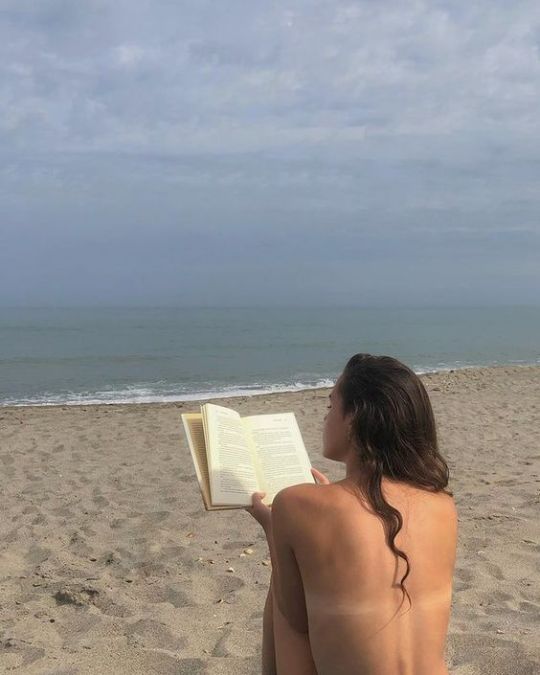
#mediterranean#mediterraneo#mediterraneamente#mediterranean beauty#mediterranean women#mediterraneanstyle#MEDITERRANEAN AESTHETIC#mediterrareansummer#mediterraneanwomen#mediterraneanart#mediterraneansummer#mediteraneaninterior#mediterraneantumblr#meditrerraneanwomen#Summer#sun#italian summer#Summervibes#european summer#suntouched#europeansummer#europeansummeraesthetic#summer aesthetic#summer vives#summervives#summerpostcards#sundriedheritage#siplepleasures#mycuratedaesthetic#curated aesthetic
851 notes
·
View notes
Text
Beautiful Greek girls




#greek beauty#greek people#mediterranean#greece#greeks#greek girls#beautiful greek woman#women#femalemodel#beautiful#prettygreekgirl#greek model#models#mediterranean women
6 notes
·
View notes
Photo
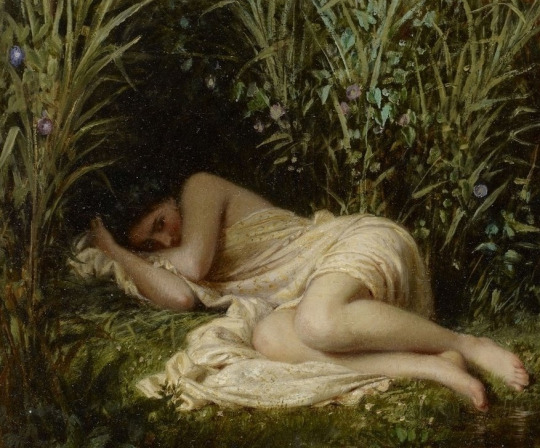
Charles François Jalabert (French, 1818-1901)
Galatée
#Galatée#Charles François Jalabert#charles francois jalabert#french art#french#france#mediterranean#classical art#fine art#woman#fine arts#oil painting#european art#female portrait#female#portrait#women in art#1800s
11K notes
·
View notes
Text

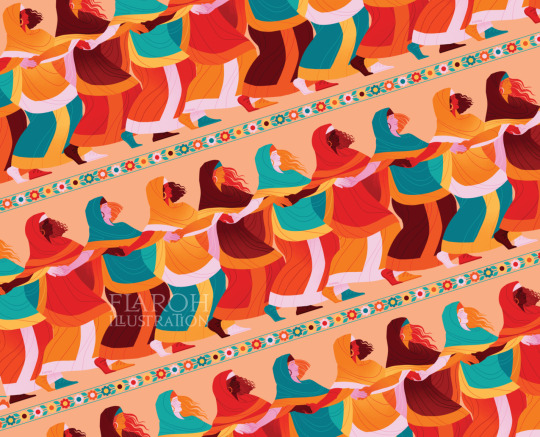
Dancing through the eras ✨👭🏺
Happy #WomensEqualityDay everyone!🧡 Today I'm thinking of all the women of the Ancient Mediterranean, whose lives and dreams we still continue to learn about today with every discovery✨
#womens equality day#magna grecia#tagamemnon#flaroh illustration#ancient history#art history#ancient greece#greek mythology#ancient mediterranean#tomb of the dancers
444 notes
·
View notes
Text
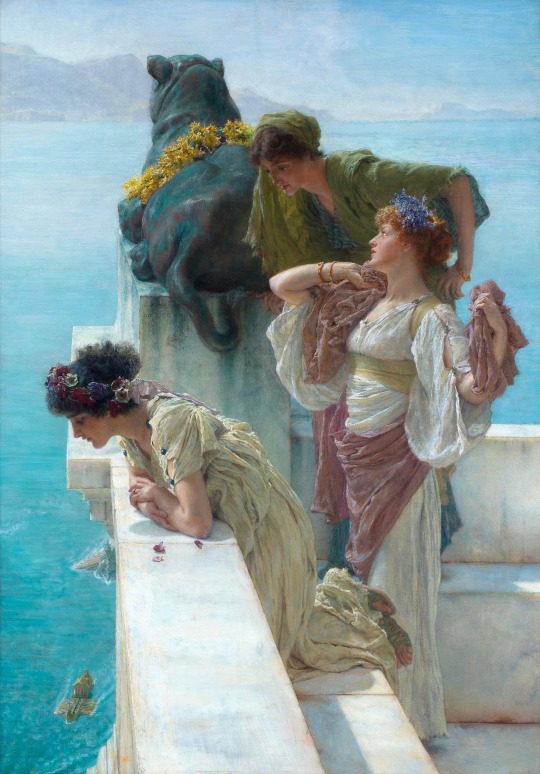
A Coign of Vantage by Lawrence Alma-Tadema
#sir lawrence alma tadema#lawrence alma tadema#art#history#antiquity#classical#ancient#europe#european#romanticism#aristocratic#women#harbour#sea#mediterranean#neoclassical#ancient rome#ancient greece#ships
2K notes
·
View notes
Text

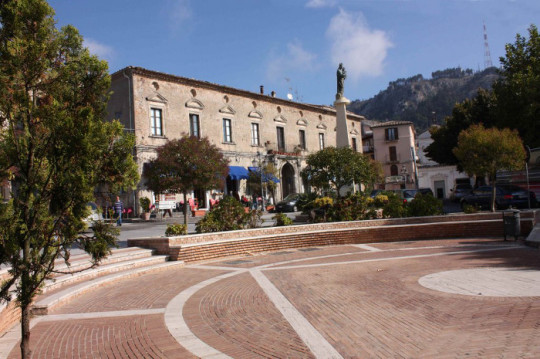


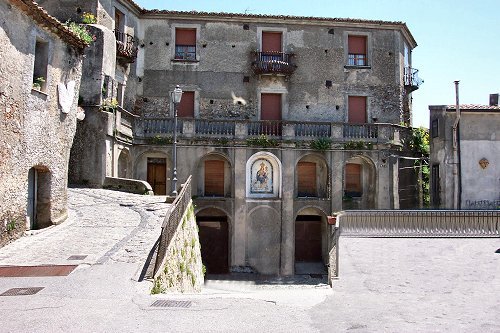
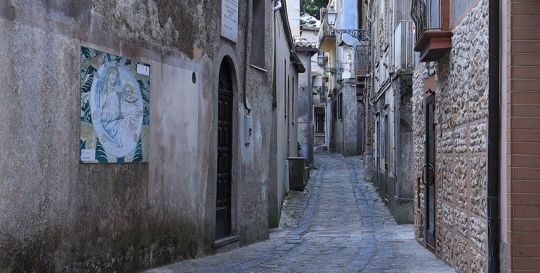
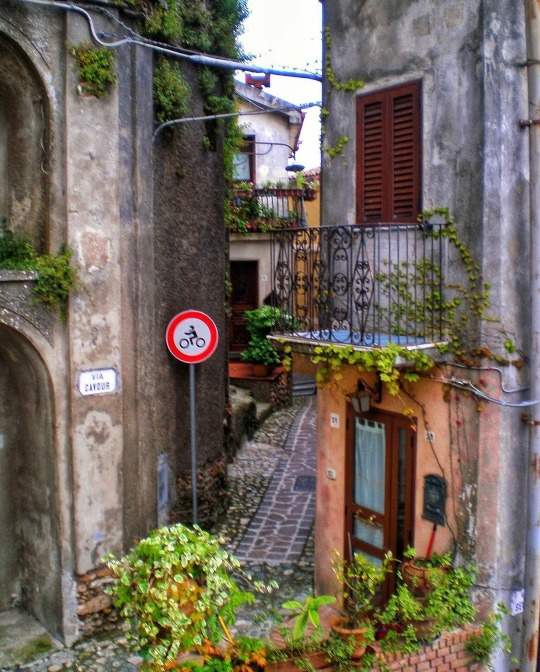

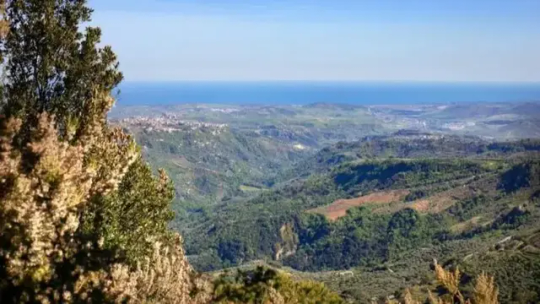
Tiriolo, Calabria, Italy
The houses in the historic center of Tiriolo are perched like in a nativity scene, making up the old part of the town, while the new buildings extend along the foot of the hill, nestled between the mountains and the valleys.
Legend traces the origins of the settlement of Tiriolo back to Hellenic people six centuries before the Trojan War or even identifies it with the mythical Scherìa, the happy homeland of the Homeric people of the Phaeacians. Archaeological findings, however, support the hypothesis of the existence of a dwelling nucleus since the Neolithic, as revealed by finds such as polished axes, rudimentary chisels and obsidian scrapers. The subsequent Roman presence finds its most relevant testimony in the famous bronze tablet engraved with a text concerning the Senatus Consultum de Bacchanalibus, a decree of the second century AC, with which the Roman senate prohibited the Bacchanalia, orgiastic rites in which even the elites participated and therefore considers it the context of possible conspiracies against the state. The artefact, found in 1640, is now in the Kunsthistorisches Museum in Vienna, offered in 1727 as a tribute to the Emperor Charles VI of Habsburg.
Follow us on Instagram, @calabria_mediterranea

#tiriolo#calabria#italy#italia#south italy#southern italy#mediterranean#italian#europe#landscape#italian landscape#folk costume#folk clothing#traditional clothing#folklore#picking flowers#flowers#italian women#italian girls#nature#nature photography#sea#seascape#mediterranean sea#ionian sea#beautiful view#beautiful views#mountains#mountainscape#architecture
41 notes
·
View notes
Text

#amazing beauty#cute#feminine beauty#sexy tease#woman#gorgeous women#amazing body#beauttiful girls#beautiful hair#beauty legs#long hair#simply beautiful#lovely legs#pretty eyes#mediterraneo#mediterranean#mediterrenian#italya#curvy woman#womanstyle#pretty woman#stunning woman#woman icons#high value woman
179 notes
·
View notes
Photo

St-Raphaël, Jeanne Selmersheim-Desgranges, 1908
Oil on canvas
19 ¾ x 25 ¾ in. (50.2 x 65.4 cm)
#art#painting#jeanne selmersheim desgranges#impressionism#neo impressionism#pointillism#20th century#women artists#female artists#1900s#oil#french#waterscape#cote d'azur#mediterranean sea
66 notes
·
View notes
Photo

By : https://www.instagram.com/p/CIfgELGHzm4/
#mediterranean#mediterraneo#mediterraneamente#mediterranean beauty#mediterranean women#Summer#sun#italian summer#Summervibes#european summer#mycuratedaesthetic#curated aesthetic#coffee aesthetic#europeansummeraesthetic#summer aesthetic
451 notes
·
View notes
Text

après-midi dans Côte d'Azur 🌞🏖☀️🎨
#french riviera#mediterranean sea#cotedazur#cote d'azur#pop art#contemporary art#fine art#folk art#figure study#sexy figure#abstract figurative#sunbathing#curvy and cute#curvy and beautiful#curvy brunette#curvy woman#beautiful women#abstract figures#dekooning#alice neel#perfect figure#figurativeportrait#portrait painting#modern art#modern painting#contemporary painting#figurativeart#figurativeexpressionism#oil stick#commissions open
8 notes
·
View notes
Photo

Paul Gervais (French, 1859-1944)
The madness of Titania, 1897
Musèu dels Agustins
#Paul Gervais#french#french art#1800s#the madness of titania#shakespeare#art#fine art#classical art#fine arts#Mediterranean#european art#europe#europa#female nude#women in art#female#women#woman#Greek Mythology#oil painting#traditional art
4K notes
·
View notes
Photo
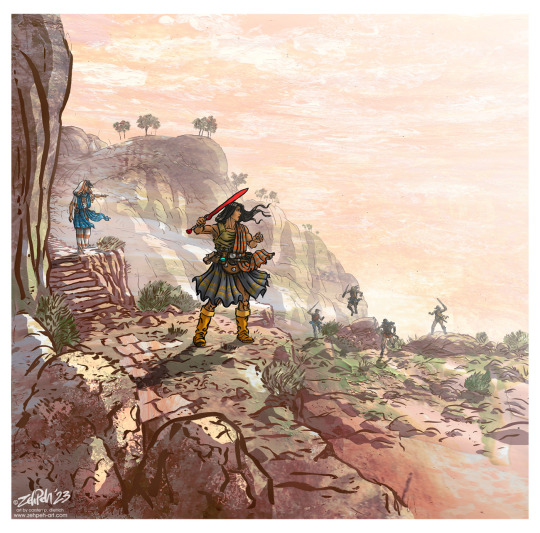
“AMBUSCADE” - ink/acrylics/digital - January 2023
(something a bit different, for a change)
#Illustration#illustration art#illustrator#art#artwork#painting#Carsten P. Dietrich#zehpeh#atmospheric#fantasy#fantasy art#pulp#antiquity#mediterranean#landscape#women#female warrior#warrior#swords#bandits#ambuscade#ink#acrylics#digital art#mixed media#comics#BD#Irish art#arte#kunst
8 notes
·
View notes
Text

The Signal by John William Godward
#john william godward#art#antiquity#neo classicism#neo classical#neo classicist#ancient world#ancient women#dress#history#europe#european#ancient#classical#marble#architecture#sea#mediterranean#lady#woman#architectural#ancient rome#women#dresses#landscape#roman
336 notes
·
View notes
Text
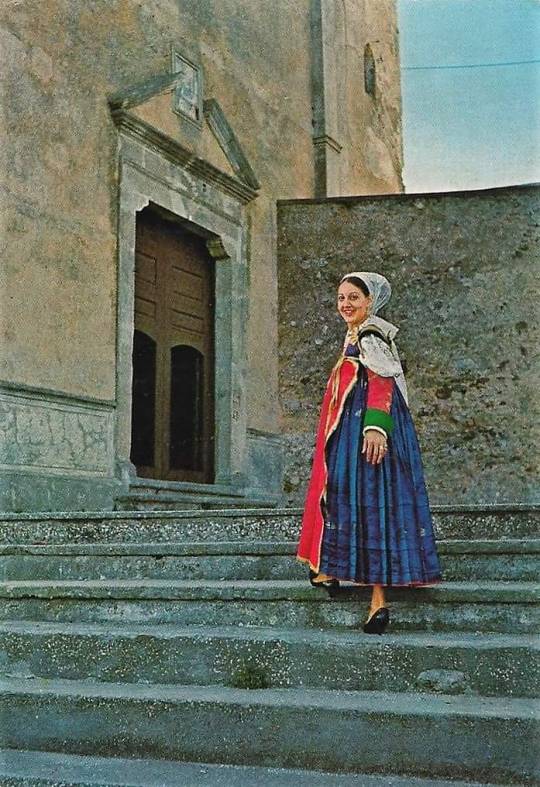



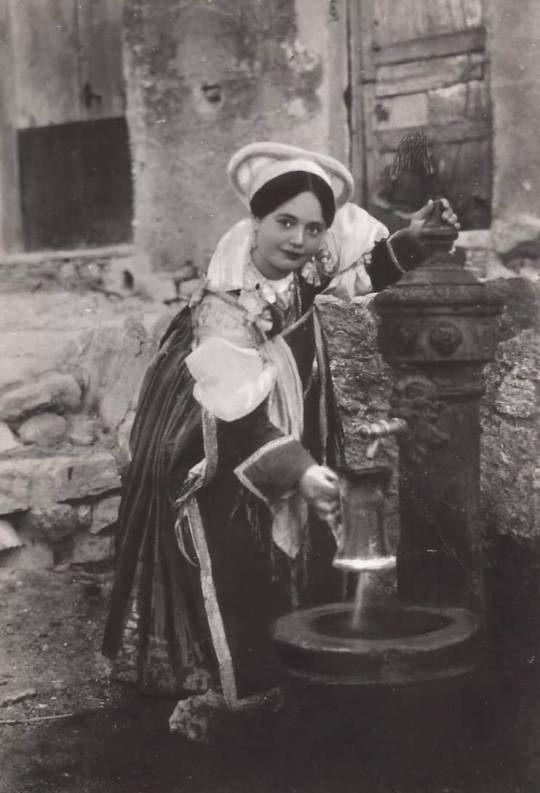
Occitan is still spoken in Southern Italy's Calabria
Blessed with one of the most beautiful languages, Italy is also home to a plethora of linguistic minorities, twelve to be precise, across fourteen regions, with almost three million speakers. The Occitan linguistic minority of the Alpine valleys of Northern Italy's Piedmont and Liguria is probably one of the most well known, also because of the importance the language had in the history of European culture and literature: the Langue d’Oc and its poetry inspired the troubadours of Provence, in Southern France. In those days, Occitan was spoken in the South of France, from the Atlantic to the Alps, but today only small pockets of Occitan-speaking people exists, mostly across the Alpine valleys of France, Liguria, Piedmont and in thr town Guardia Piemontese, in Southern Italy's Calabria.
How did Occitan speaking people end up from the mountains of Northern Italy to the southernmost region of the Italian peninsula?
It’s a long story, one that brings us back to the 13th century, to a religious minority called Waldensians and to the fact Calabria is known for being a welcoming land for all those seeking refuge, from Greeks to Albanians and Jews.
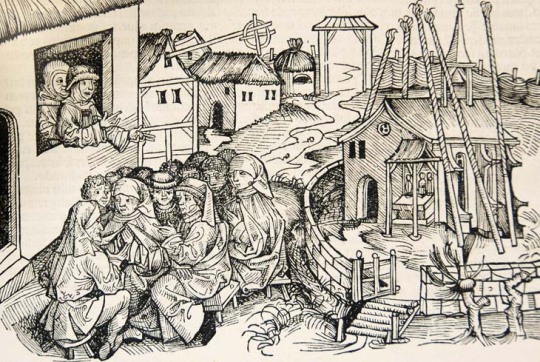
The Waldensian movement had developed in the Cottian Alps between France and Northern Italy towards the end of the 12th century, most likely thanks to the contributions of Peter Waldo (from whom the movement took its name). Waldensians lived a life of asceticism and poverty, but some of their more extreme views — lack of faith in transubstantiation and having associated the Catholic church with the “harlot of the Apocalypse” — turned them into religious pariah and victims of persecution across Europe.
A considerable group of Waldensians moved to Calabria in the 13th century to escape persecution in Northern Italy and the land of Calabria proved to be a blessing, because its fertile soil allowed the development of a prosperous community.
Guardia Piemontese is a town on the Western coast of Northern Calabria.

The date of Guardia's foundation is unknown, and the name of the place has changed several times in history. "Guardia" means watch or lookout, and this name is probably related to a lookout tower built in the 11th century. Such lookout towers were built to warn against Arab pirates, then called Saracens, ravaging the coast.

For the first century, the community of Guardia cohabited peacefully with their Catholic neighbors, but things tragically changed when the Waldensians decided to join the Protestant Reform: then, they became the enemy and victims of a religious persecution that was to obliterate them in the early summer of 1561. Those tragic events are still remembered today in Guardia Piemontese, thanks to a monument called La Porta del Sangue, (the Gate of blood), a memento to the violence that killed so many and forced many others to conversion.
Despite the suppression of their religion, the people of Guardia, or La Gàrdia, as they call it, have continued to use their distinct Occitan dialect, Gardiòl. Not surprisingly, it has been influenced by the speech of their neighbours in Calabria. For example, Gardiòl has adopted the use of retroflex consonants, common in Sicily and southern Italy.
The traditions that the Waldensians brought from Piedmont to Calabria, such as the Occitan language and certain customs, have survived over the centuries right through to the present day.
In 1863 the name Guardia was changed to Guardia Piemontese, to honor the geographical origins of the Waldensians.
On 5 June 2011, 450 years after the massacre in Guardia, the Waldensian Church opened a museum and cultural centre in the town. The museums tells the story of how the Waldensians arrived all the way in Calabria and preserves agricultural tools, the traditional clothing of Guardia Piemontese, made with a particular yarn of broom and the famous hurdy gurdy, an French instrument of medieval origins. In the Occitan valleys in Italy, the hurdy-gurdy was the traveling companion of buskers.

The Waldensian Church and the municipal authorities now collaborate closely in cultural affairs. Numerous ecumenical events have been planned together with the local Catholic community to mark the 500th anniversary of the Reformation.
Follow us on Instagram, @calabria_mediterranea

#guardia piemontese#calabria#italy#italia#south italy#southern italy#mediterranean#folklore#folk dress#traditional clothing#architecture#vintage#vintage photography#vingate photos#italian#italian women#folk costume#occitan#langblr#langue d'oc#d'oc language#heretic#heresy#hurdy gurdy#traditions#history#medieval
37 notes
·
View notes
Text
Cypriot Girls
Cypriot girls~
Highlighting different features and accessories worn by different Cypriot women 🌹
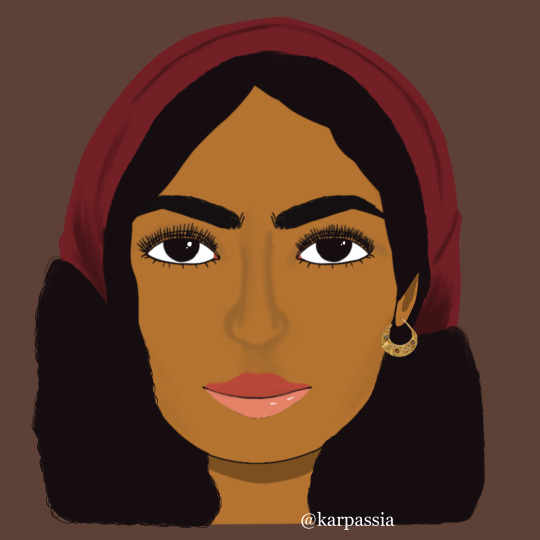



#cypriot#cyprus#cypriot art#cyprus art#cypriot women#west asian art#west asia#mediterranean#mediterranean art#traditional jewellery#traditional art#tsemberi#çember
11 notes
·
View notes
Photo

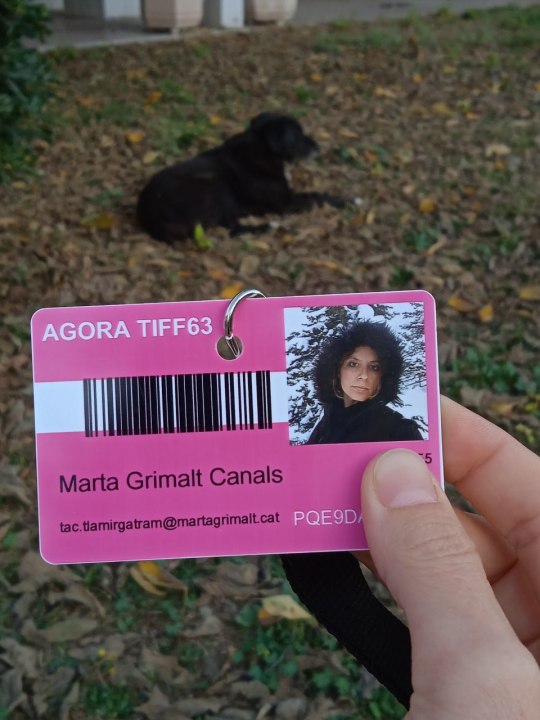
He asistido como directora de cine, acreditada dentro del programa profesional AGORA, en el 63º Thessaloniki International Film Festival, Grecia, que se celebró recientemente del 3 al 13 de noviembre de 2022. Una experiencia muy enriquecedora e inspiradora <3
https://www.filmfestival.gr
https://www.filmfestival.gr/en/professionals-b2b/agora
#marta grimalt#marta grimalt canals#thessaloniki international film festival#thessaloniki film festival#thessaloniki#salonica#makedonia#film#film festival#festival#cinema#cine#accreditation#professional#filmmaker#women directors#women#woman director#mediterranean#festival de cine#greek#grecia#greece#Ελλάδα#Θεσσαλονίκη#διεθνές φεστιβάλ κινηματογράφου Θεσσαλονίκης#Φεστιβάλ Κινηματογράφου Θεσσαλονίκης#Φεστιβάλ κινηματογράφου#κινηματογράφος#Μάρθα Γκρίμαλτ
11 notes
·
View notes